Sometimes builders with experience come to confusion during the dismantling of the wall covering. Some coatings are easily affected, and the rest require considerable effort. How to remove old paint from the walls?
Selection of paint removal
What methods will help remove the oil paint from the walls? Each substance has its own degree of disposition of liquidation. A specific case contributes to a certain method preference, so knowledge of several properties is required:
- Varieties of paintwork and accurate amount of layers. There are species of walls whose layers increased annually. All of the above will determine the strength of interaction with the surface;
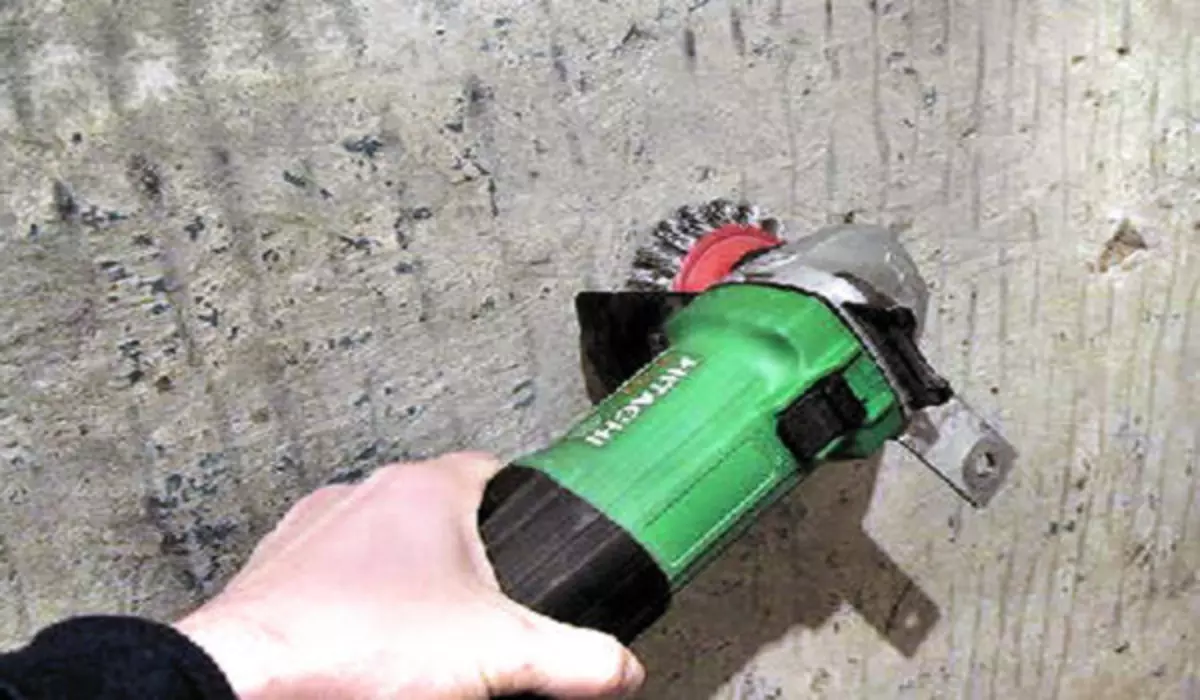
- Further planned actions with the surface;
- Preparation of the necessary toolkit;
- Availability of financial ability to dismantle.
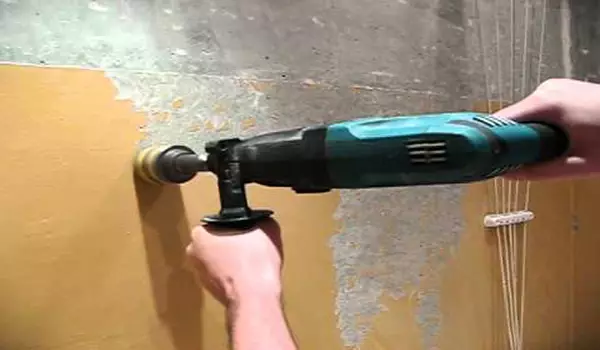
The substance is removed using several methods, namely: chemical, thermal, mechanical and mechanized.
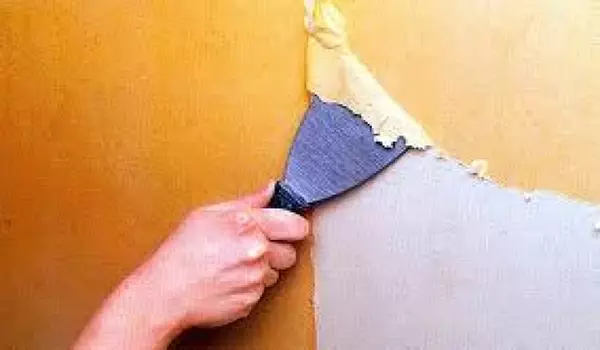
Chemical method
Remove the old paint from the walls is possible by the chemical method. The kernel lies in a solution from a chemical in order to eliminate the paintwork, guided by the instructions. Next, you will need a malarious roller or a brush to apply it to the wall. After a couple of minutes, the paint softens and successfully removes the spatula, a metal scraper or brush with a metal-based pile.
The method is considered the fastest of all, but souls from the substance can hardly absorb the walls. It must be remembered that with a thick layer of the applied paint, the effect of the washes will not be perfect. The removal of oil paint from the wall process is long, so the procedure will have to repeat over the same scheme several times.
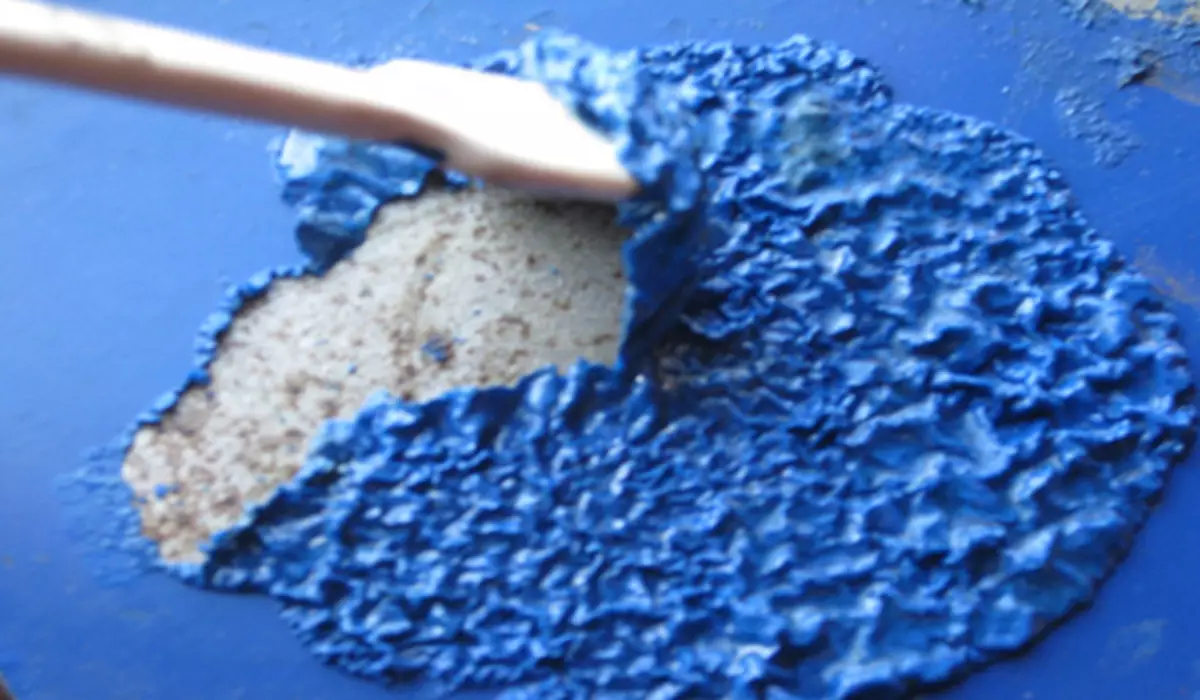
Minuses of the method:
- High toxicity
- Smell with special specificity and resistance.
- The burn effect when exposed to the skin.
- The need for special disposal.
- High price.
If the method is selected using chemistry, it is necessary to adhere to the rules of safe use. Reagents are used in rooms with good ventilation. Individual protection is an important factor when working with toxic substances, so it is necessary to have a respirator, glasses and gloves. Children and pregnant women need to be removed away from the processing place due to the greatest risk of poisoning.
Article on the topic: Patchwork Blanket with your own hands: Patchwork blankets, photos, master class for beginners, squares of squares, how to sew a bilateral bedspread, video instruction
Thermal method
How to remove paint from walls using heat treatment? The use of a construction dryer for removing the old paint from the walls is a way that is familiar from long. Heating to the thermal tooth of the painted surface helps to soften the paint, and with the help of a spatula to consider the softening mass. In the absence of a hair dryer, an iron should be applied through a large foil surface.
It is not necessary to remove paint in areas with electrical wiring or decorative coating due to the risk of damage from elevated temperatures.
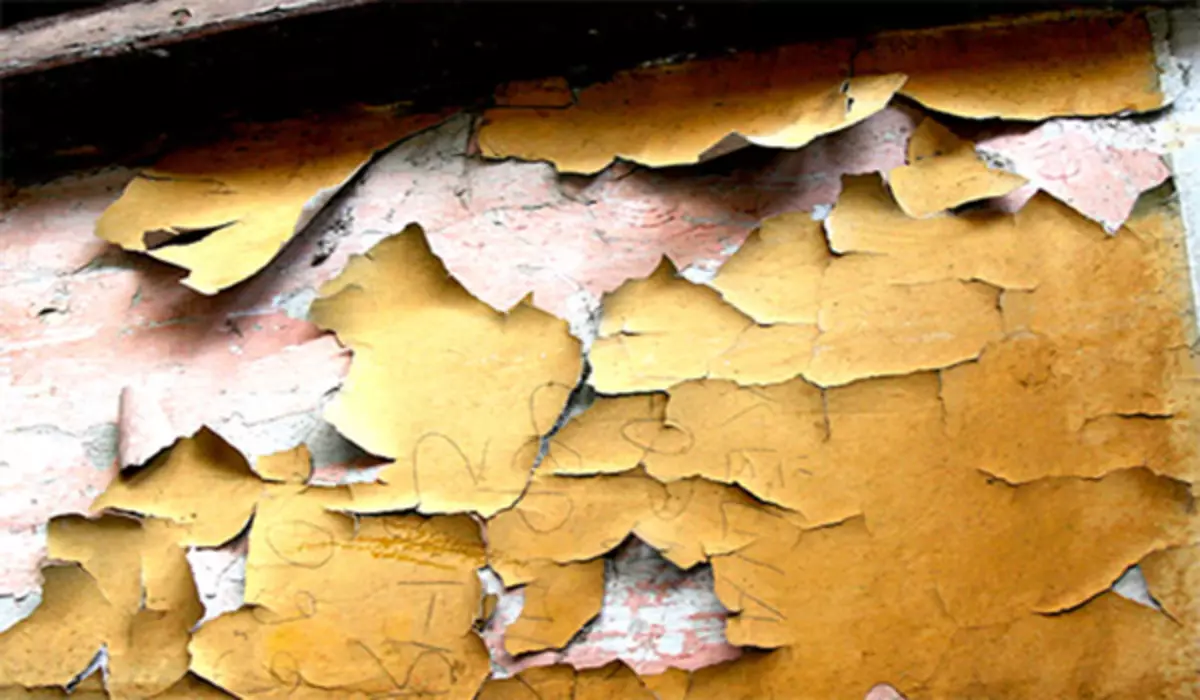
Often, a method is used for places with unacceptable vibrations and blows. When using heat treatment, a large number of harmful evaporation is distinguished, which are a huge disadvantage of this type of processing.
Mechanical method
Based on the physical properties of the substances contained in the paint, thermal or chemical processing frees the uy of toxic substances harmful to health.
The most famous method is the removal of paint from the wall using the surface of the surface with a toporist. This method of time consuming and slower, but its cheapness and security take birth. In this case, the strength, water and ax will be required. With the help of the ax, notches are made, then the wall is sprayed with liquid. After a few minutes after the water absorption, the water coating should be removed. The speed and efficiency follows the angle of the embedded handle.
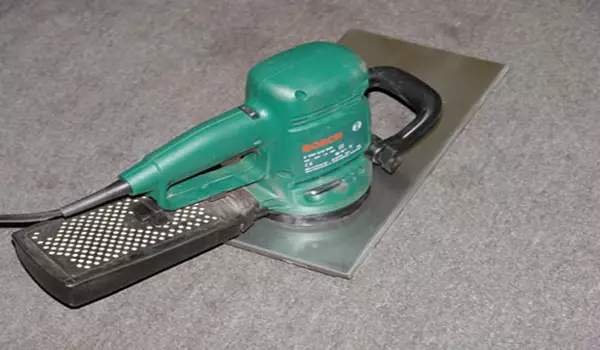
Based on the physical properties of the substances contained in the paint, thermal or chemical processing frees the uy of toxic substances harmful to health.
The most famous method is the removal of paint from the wall using the surface of the surface with a toporist. This method of time consuming and slower, but its cheapness and security take birth. In this case, the strength, water and ax will be required. With the help of the ax, notches are made, then the wall is sprayed with liquid. After a few minutes after the water absorption, the water coating should be removed. The speed and efficiency follows the angle of the embedded handle.
In most cases, the method is applicable for further cladding with ceramics tiles. This is due to the excellent clutch of the material with an uneven surface. Contrary to laboriousness and slowness, this option is perfect for a small area and non-refined premises.
Article on the topic: Right repair of plasterboard walls
Mechanized methods
How to remove paint from the wall with mechanical exposure? The mechanized method is due to the acceleration of removal based on mechanics, which significantly facilitates the process, and increases efficiency.A wide circular nozzle for the grinder is well suited to remove the paint from the walls. The method has a drawback - a huge amount of dust, due to which work will become impossible. How to remove dust? To date, there are devices with an elevated dust collector, significantly facilitating the process and will immediately remove the extra garbage.
Video "How to remove paint from the walls of the house"
A video about how to remove the old paint from the indoor walls of the apartment with a spatula.
